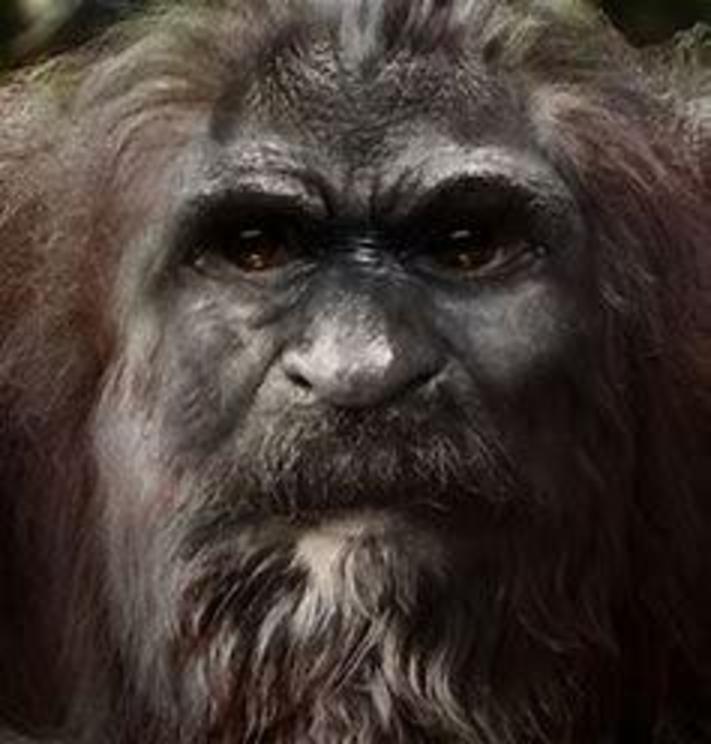Mongolian wildman - Almas
Another trip outside North America today. We venture to Mongolia, land of the almas, or almasti (almasty).

Armchair is the best vehicle for our trip as the inaccesibility of a great deal of the country makes it difficult. There are not many roads, locals are suspicious of foreigners, there is mistrust of those searching for the almas, and although the government likes tourism, they are not necessarily fond of those who want to hunt the 'Wildman'.
Mongolia is a land-locked country in East Asia, bordered by Russia to the north and China to the south. The land is mostly covered by a grassland steppe with forested areas that make up 11.2 % of the total land area. There are mountains to the north and west and the Gobi Desert is located to the south.
Ulaanbaatar, the capital and largest city contains about 45% of the 3 million people. Another 30% of the population is nomadic or semi-nomadic tribes.
The almas have gone from legendary creature to something believed to be real in this country. They are apparently known as nomadic creatures and move throughout the countryside. The farmers and villagers appear to see them often and consider them just another race of people that live there.
They are described as being human-like, standing between 5 and 6 1/2 ft tall. Their bodies are covered in reddish-brown hair, and they are said to have human-like facial features and human-like hands. Scientists there have noted that descriptions reported are similar to descriptions of Neanderthals.
Written accounts of sightings go as far back as the 15th century.
In 1430, Hans Schiltberger, while prisoner of the Mongol Khan, witnessed these creatures. He described them as "hairy wildmen". He also found the almas included as entries in both Mongolian and Tibetan medical books.
Badzari Baradyine, a leading Mongolian zoologist at that time, not only saw the almas, but was able to collect huge amounts of material on them. Unfortunately, he became involved in the political movement aimed at making the Soviet Union grant Mogolia more freedom from their rule. The Soviets arrested him and he was quickly executed by a firing squad. His vast collection of zoological data and all his specimens, including his work on the almas, was confiscated and dispersed among various Soviet institutions. Much of it has been lost along the way and through time.
Additional sightings in 1871 by Nikolai Przhevalsky; in 1941 by Col. Vargen Karapetyan; in 1963 by Ivan Ivlov; and 1993 by Alexei Sitnikov and others will be covered in future posts.

